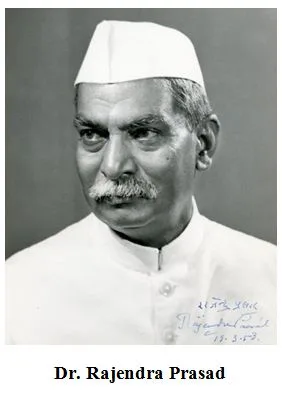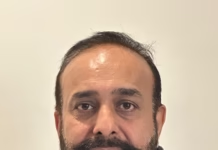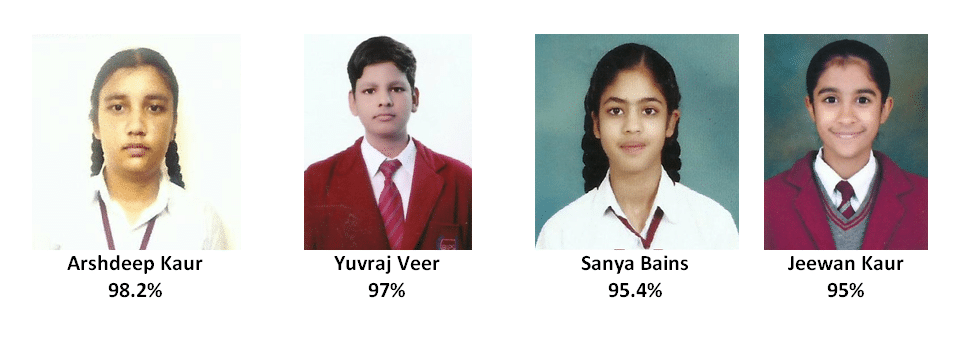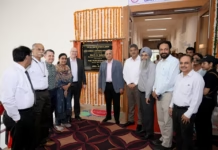Let’s pay our tribute to India’s versatile leader Doctor Rajendra Prasad-Puri
Jaswant Singh Puri/ February 28,2023
Affectionately addressed as Rajen Babu, Dr. Rajendra Prasad was an eminent freedom fighter, an able administrator, a well-versed parliamentarian, an excellent statesman and above all, a humanist to the core. He was born at village Ziradei in Saran district (now in Siwan) of Bihar on 3rd December, 1884. His parents Mahadev Sahai and Kamleshwari Devi led a simple life even though the family had landed property. The environment of peace, serenity and calmness at home had a deep influence on the mind of young Rajen. He developed the ideals of selfless service, sacrifice, humility and fellow-feeling.
He was wedded to Rajvanshi Devi and blessed with a son Mrityunjay Prasad. Rajendra Prasad received his early education at the age of five under the guidance of a village Maulvi who also taught him Persian. Later, he joined a High School in Chhapra District from where he cleared the entrance examination of Calcutta University and joined the reputed Presidency College, Calcutta.After his post-graduation degree, he also completed his studies in law. He served in various educational institutions and taught at the Langat Singh College of Muzaffarpur in Bihar. He then kick-started his legal practice in Calcutta in 1911. In 1916, Rajendra Prasad started practising at Patna High Court. In 1937, he earned his Doctorate in Law from Allahabad University. Rajendra Prasad was always at the beck and call of the suffering humanity. In 1914 floods of Bihar and Bengal, he served food and clothes to flood victims. In 1934, he helped the earthquake victims of Bihar. He set up relief committees in Sind and Punjab.
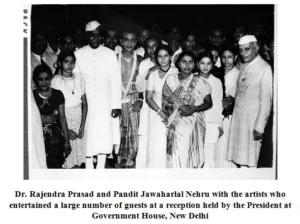
Rajendra Prasad came under the spell of Mahatma Gandhi in 1917 during Gandhi’s Champaran Satyagraha to emancipate the peasants from the British Indigo Planters who were exploiting them. Gandhiji persuaded Rajendra Prasad and some other lawyers for guidance in the cause of the affected and afflicted farmers. Rajendra Prasad’s participation as a lawyer and enthusiastic volunteer in the activities of Gandhiji instilled a new wave in him for various movements in Bihar. Rajendra Prasad took the plunge into the political struggle with the determined and dedicated aim to free the country from the clutches of colonial rule.
The Rowlatt Act of 1918 and the Jallianwala Bagh Massacre of 1919 drew Rajendra Prasad closer to Gandhiji. He followed Gandhiji’s non-cooperation movement earnestly because he realized that it was an influential weapon to deal with the British Government. Rajendra Prasad left the lucrative law practice to devote his life to liberate Motherland from the wrenches of the British rule.
Rajendra Prasad actively participated in the Flag Satyagraha at Nagpur in 1923 where he came in contact with Sardar Patel whose association immensely pleased him. The British Government arrested him for his involvement in the 1930 Salt Satyagraha. He also faced imprisonment for his taking part in the Quit India Movement in 1942 and remained in jail for about three years till 1945.
Rajendra Prasad served the Indian National Congress in various capacities for more than four decades. For him, the Indian National Congress was an instrument to serve the people and fight for the cause of India’s freedom. Rajendra Prasad travelled various places in Bihar when the Indian National Congress promulgated Swaraj as its ultimate goal at its Nagpur session in 1920. He was elected President of the Indian National Congress in 1935 and again in 1939 after the resignation of Subhash Chandra Bose. He was elected President of the Congress for the third time in 1947, following the resignation of Acharya J.B. Kriplani.
Rajendra Prasad was a skilled negotiator. In association with Sardar Patel, he served on the Partition Council set up under the Chairmanship of Lord Mountbatten. It was mainly his perception and dexterity that he was able to settle important issues relating to economic relations of Central Services, armed forces etc. in favour of India.
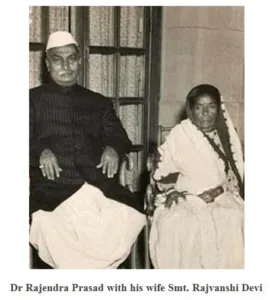
Rajendra Prasad joined the Interim Government of Pandit Jawaharlal Nehru as the Minister of Food and Agriculture. He gave the Slogan Grow More Food for higher agricultural production. He was a staunch believer that any attempt to integrate the village life should be based on the Gandhian values. He was chosen as the President of the Constituent Assembly and regulated its working with incisive intellect and infinite patience. He won accolades in every section of the House for his qualities of leadership and impartial attitude.
Dr. Rajendra Prasad was unanimously elected as the President of Independent India. It was really a great honour that the person who presided over the Constitution-making body was conferred with the equally challenging role to defend and preserve the Constitution. He was re-elected as the President of India for the second term in 1957.
Even though Rajendra Prasad occupied the highest office in India, he led a very simple life. He not only devoted and dedicated the most precious years of his life to the Motherland but also worked selflessly and sincerely for the amelioration of the under-privileged throughout his life. During his rule, the Mughal Gardens at the Rashtrapati Bhawan were opened for the public for about a month. Now, it has become a practice where tourists pay their visits.
Rajendra Prasad was well-versed in Hindi, Sanskrit, Urdu, Persian and English. In the early 1920s, he was the Editor of a Hindi Weekly Desh and an English biweekly Searchlight. He also authored many books like India Divided (1946), Rajendra Prasad – An Autobiography and At the Feet of Mahatma Gandhi.
Dr. Rajendra Prasad relinquished the office of the President of 1962 after serving it for twelve long years. He settled at Sadaqat Ashram in Patna. He spent the remaining part of his life in its serene and tranquil surroundings. He passed away on 28th February, 1963. Dr. S. Radhakrishnan, the President of India, eulogized him with the words: “Dr. Rajendra Prasad was an outstanding patriot and a selfless worker in the cause of our freedom whose sacrificial services will always be remembered”. Dr. Rajendra Prasad was conferred the Bharat Ratna, the nation’s highest civilian award in 1962. Rajendra Smriti Sangrahalaya in Patna is dedicated to him.

Note: This article is dedicated to Smt. Alka Puri wife of Dr. Ajit Singh Puri and mother of Jaswant Singh Puri.
(The views expressed are personal)

